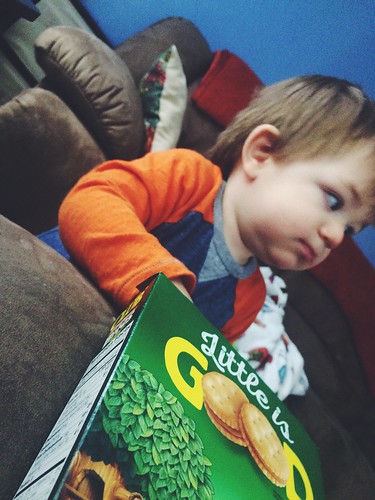Soon after incubation for 6, 12, and 24 h (37uC, five% CO2), RNA was extracted, and TGF-b1 mRNA expression was evaluated by RT-PCR. TGF-bR1 and TGF-bR2 mRNA ranges at six h, or Collagen1 and Collagen3 mRNA ranges at 24 h right after Angptl2 treatment have been also investigated primers are listed in Table S1. The relative abundance of target transcripts was normalized to the expression of 18S rRNA (Desk S1). For analysis of TGF-b1 protein expression adhering to Angptl2 administration, subconfluent LF KW-2449 fibroblasts cultured in a 6-effectively plate (Becton Dickinson and Co.) have been washed with PBS (Gibco), and the medium was modified to serum-cost-free DMEM (Gibco). Angptl2 (5 mg/ml) was additional to each and every effectively then, the plates ended up incubated for 24 h (37uC, 5% CO2), and the medium was harvested. TGFb1 protein was measured making use of an ELISA package (Quantikine, R&D Methods Inc., Minneapolis, MN) in accordance with the manufacturer’s directions.
Histological investigation unveiled that standard LF from the nonLSCS group contained plentiful elastic fibers, whereas hypertrophied LF from the LSCS group contained reduced elastic fibers and increased collagen fibers (Figure 2-A), as earlier reported [1,2]. We subsequent approximated the degree of LF degeneration quantitatively by measuring the location occupied by elastic and collagen fibers in LF sections. Thereafter, we investigated whether the diploma of LF degeneration was correlated with Angptl2 mRNA expression. We located an inverse correlation in between the area occupied by elastic fibers and Angptl2 mRNA expression (Determine 2B, still left graph), and a positive correlation among the location occupied by collagen fibers and Angptl2 mRNA expression (Figure 2-B, right graph). These findings reveal that Angptl2 expression is linked with histological degeneration of LF.
Angptl2 expression is positively correlated with the thickness of the KF. A, B: Comparison of ligamentum flavum (LF) thickness (A) and Angptl2 mRNA expression in the LF (B) in the LSCS group (n = forty three) and the non-LSCS team (n = fifteen). The minimum worth of Angptl2 expression in the sample analyzed was established to 1. D: Comparison of Angptl2 protein expression in LF in between the LSCS patient team (n = ten) and the non-LSCS team (n = ten). E: Correlation amongst LF thickness and Angptl2 protein expression. Knowledge are introduced as the mean 6 SEM. P,.01 vs. non-LSCS group. The correlation coefficient (R) and chance (P) benefit obtained by regression examination are shown in C and E.
We up coming evaluated the cellular supply of Angptl2 by immunohistochemical investigation of LF tissues. First, we examined the cell types existing in LF tissues from LSCS or non-LSCS sufferers by immunohistochemical examination making use of antibodies in opposition to vimentin (a mesenchymal cell marker), CD3 (a T cell marker), CD15 (a granulocyte marker), 22913627CD20 (a B cell marker), CD68 (a macrophage marker), and S100A4 (a fibroblast marker [27]). The cells expressed vimentin and S100A4, but not CD3, CD15, CD20, and CD68, in LF tissues from equally LSCS and non-LSCS sufferers (Figure S1), suggesting that LF tissue  mostly is made up of fibroblasts. We identified a markedly elevated variety of Angptl2-expressing cells in hypertrophied LF tissue from the LSCS individual group relative to standard LF tissue from non-LSCS handle topics (Determine three-A). Immunofluorescent double staining with antiAngptl2 and anti-vimentin antibodies confirmed that Angptl2 was expressed by vimentin-constructive fibroblasts (Figure three-B), which implies that Angptl2 is primarily produced by fibroblasts but not inflammatory cells in LF tissues.
mostly is made up of fibroblasts. We identified a markedly elevated variety of Angptl2-expressing cells in hypertrophied LF tissue from the LSCS individual group relative to standard LF tissue from non-LSCS handle topics (Determine three-A). Immunofluorescent double staining with antiAngptl2 and anti-vimentin antibodies confirmed that Angptl2 was expressed by vimentin-constructive fibroblasts (Figure three-B), which implies that Angptl2 is primarily produced by fibroblasts but not inflammatory cells in LF tissues.